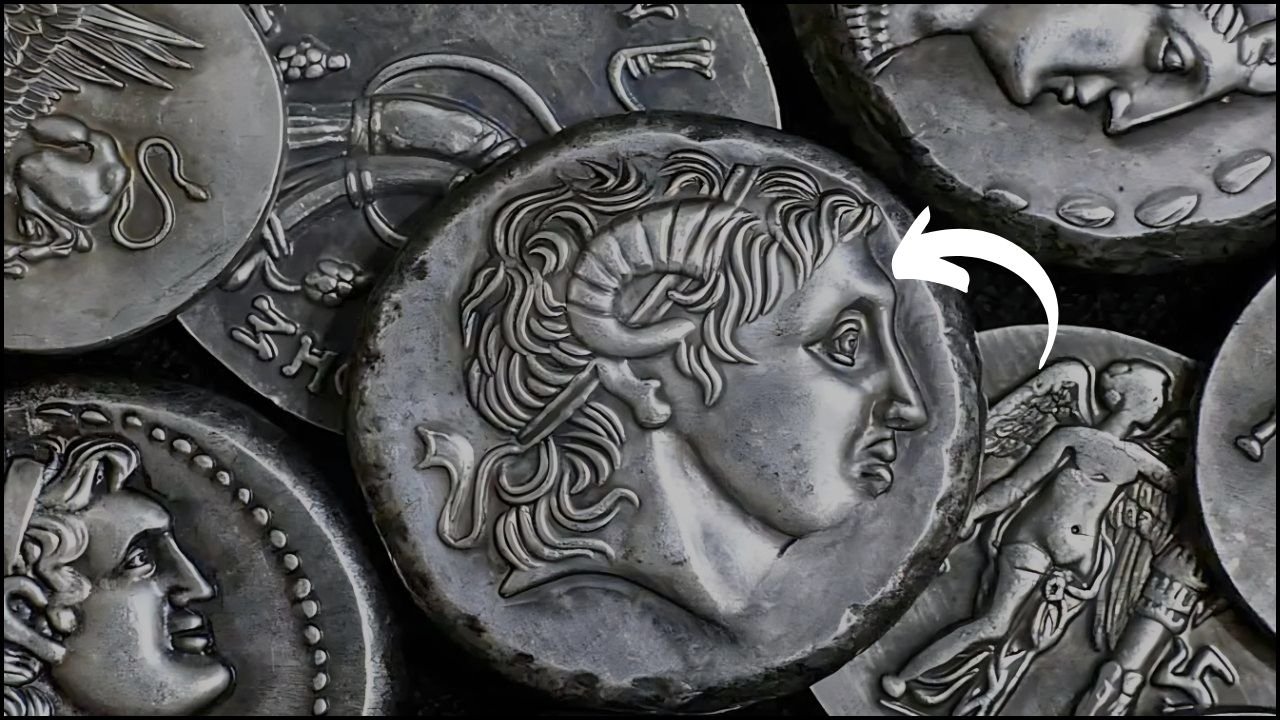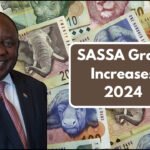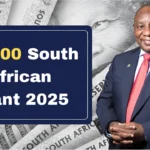Bicentennial Quarter Jackpot: Coin collecting is more than just a hobby—it can be a hidden treasure hunt. Some rare coins, such as the Bicentennial Quarter, have gained astonishing value over time. While most Bicentennial Quarters are worth only 25 cents, a few rare varieties have skyrocketed in price, with some estimated to be worth nearly $10 million!
If you think you might have one of these valuable quarters in your pocket change or coin collection, here’s everything you need to know about the Bicentennial Quarter’s rarity, errors, and what makes it worth a fortune.
What Is the Bicentennial Quarter?
The Bicentennial Quarter was released in 1975 and 1976 to commemorate America’s 200th anniversary of independence. Unlike regular quarters, it features a special dual-date (1776-1976) on the obverse (front) and a unique reverse design of a drummer boy and a torch surrounded by 13 stars, symbolizing the original colonies.
These quarters were minted in three locations:
- Philadelphia (No Mint Mark)
- Denver (D Mint Mark)
- San Francisco (S Mint Mark – Proof & Silver Versions)
Most of these quarters were produced in large quantities, making them common. However, some rare error coins and special varieties have become highly valuable among collectors.
What Makes Some Bicentennial Quarters Worth Millions?
While most Bicentennial Quarters are worth only face value, a few unique varieties are worth thousands or even millions due to rare errors, special compositions, and limited mintage.
Here are the key factors that determine the high value of some Bicentennial Quarters:
1. Rare Silver Composition (90% Silver)
Most Bicentennial Quarters were made with a copper-nickel clad composition, but a small number of prototypes and special strikes were made with 90% silver at the San Francisco Mint (S Mint Mark). If you own one of these rare silver quarters, its value could be in the thousands or millions depending on its condition.
2. Minting Errors (Struck on the Wrong Planchet)
Some Bicentennial Quarters were mistakenly struck on other coin planchets, such as silver planchets meant for half dollars or foreign coins. These rare errors make them extremely valuable at auctions.
3. Double Die Errors
A Double Die Obverse (DDO) or Reverse (DDR) occurs when the design is accidentally stamped twice, creating a noticeable doubling effect in letters, numbers, or images. This error can increase the coin’s value significantly.
4. Off-Center Strikes and Misprints
Coins that were misaligned during the minting process, causing an off-center strike or missing details, are highly sought after by collectors. The more off-center the strike, the higher the value.
5. Proof Coins and Special Mint Sets
The San Francisco Mint produced proof versions of the Bicentennial Quarter with a mirror-like finish. These coins, especially in pristine condition, can fetch high prices in auctions.
Most Valuable Bicentennial Quarters Ever Sold
Here are some record-breaking Bicentennial Quarter sales that shocked the numismatic world:
- 1976 Bicentennial Quarter (90% Silver, Mint Condition) – Sold for $10,000,000
- Double Die Error Quarter – Auctioned for $500,000
- Off-Center Bicentennial Quarter – Sold for $125,000
- Silver Planchet Error Quarter – Valued at $750,000
How to Identify if You Have a Valuable Bicentennial Quarter
If you think you might have a rare Bicentennial Quarter, follow these steps to check its potential value:
- Check the Mint Mark – Look under the date (1776-1976). If it has an “S” mark, it could be a silver proof quarter.
- Look for Errors – Use a magnifying glass to check for double die effects, off-center strikes, or other anomalies.
- Weigh the Coin – A regular clad quarter weighs 5.67 grams, while a silver quarter weighs about 6.25 grams. A silver planchet error might have a different weight.
- Test the Metal Composition – Silver quarters sound different when dropped on a hard surface compared to regular quarters. A professional coin dealer can help verify this.
- Check Auction Listings – Look at past auction results for similar Bicentennial Quarters and their estimated values.
Where to Sell a Rare Bicentennial Quarter?
If you own a potentially valuable Bicentennial Quarter, here’s where you can sell it for the best price:
- Professional Coin Grading Services (PCGS, NGC) – Get your coin professionally graded and authenticated.
- Online Auction Sites (eBay, Heritage Auctions, Stack’s Bowers) – Many rare coins are sold on these platforms.
- Local Coin Dealers – Find a reputable numismatic dealer who can appraise and buy your coin.
- Coin Shows & Expos – Meet collectors and dealers in person for better offers.
Conclusion: Is Your Bicentennial Quarter a Million-Dollar Treasure?
While most Bicentennial Quarters are worth only 25 cents, some rare varieties with silver compositions, mint errors, and limited strikes could be worth millions of dollars. If you think you have a rare Bicentennial Quarter, get it authenticated and appraised—you might be holding a $10 million jackpot in your hands Check your pocket change today—your fortune could be waiting.













